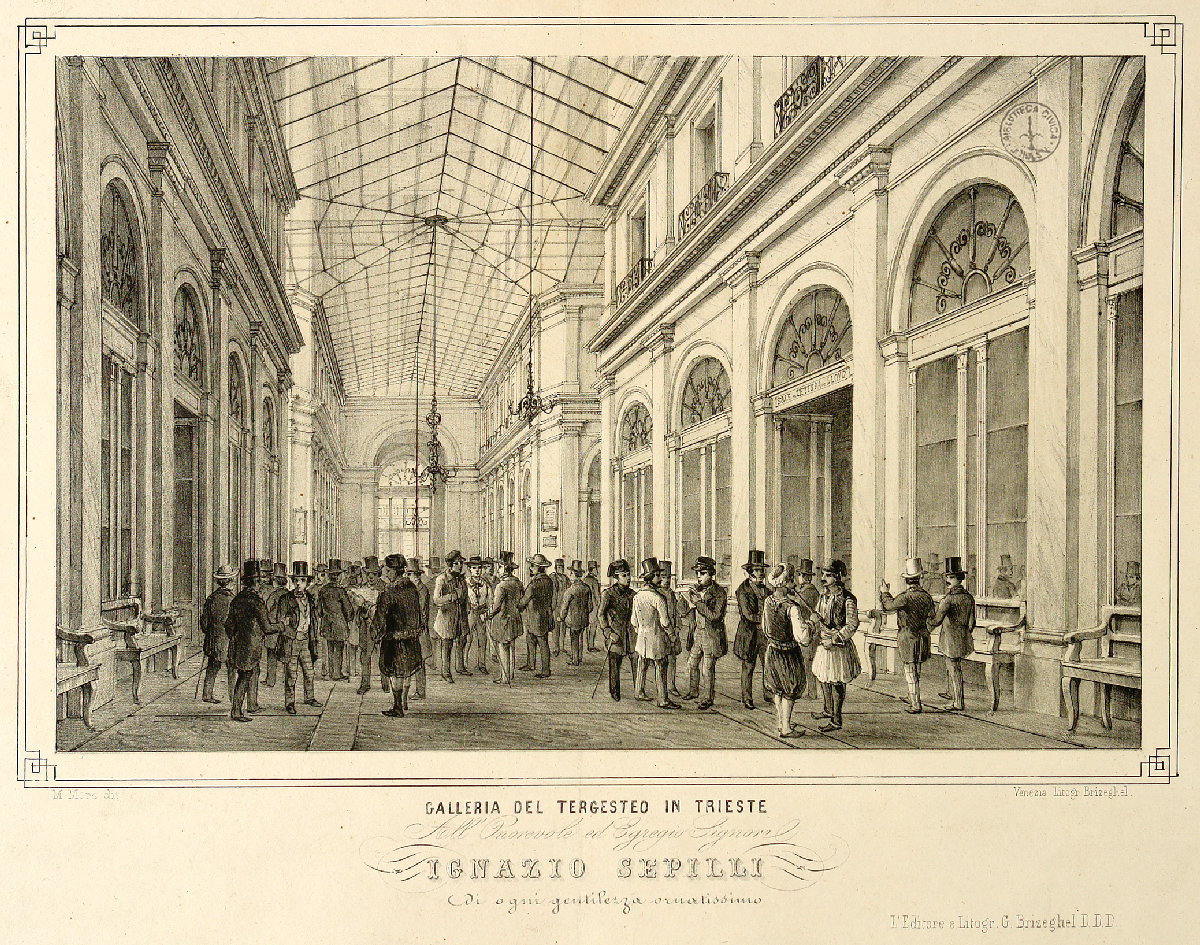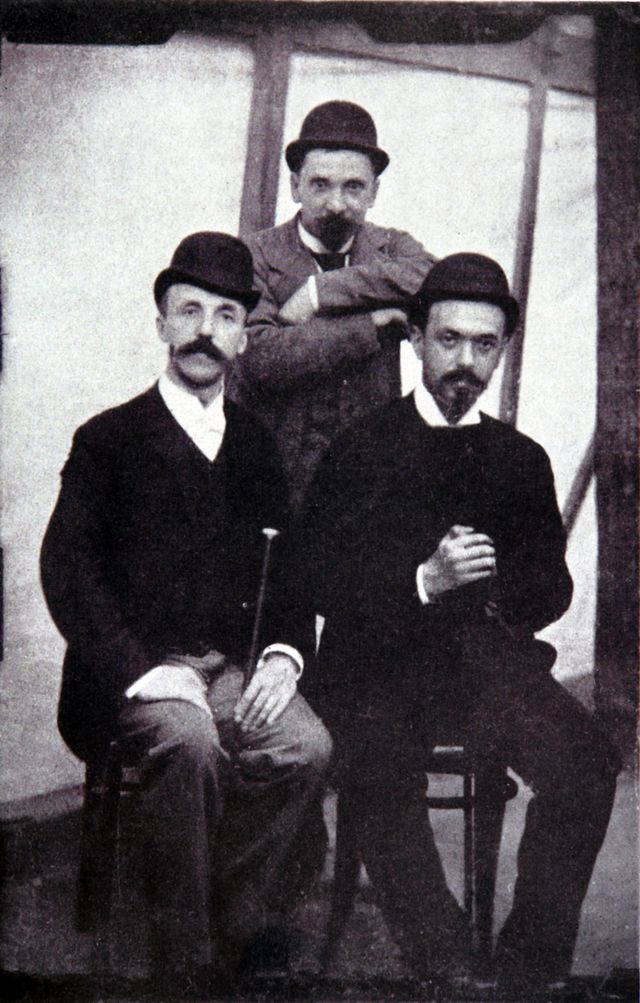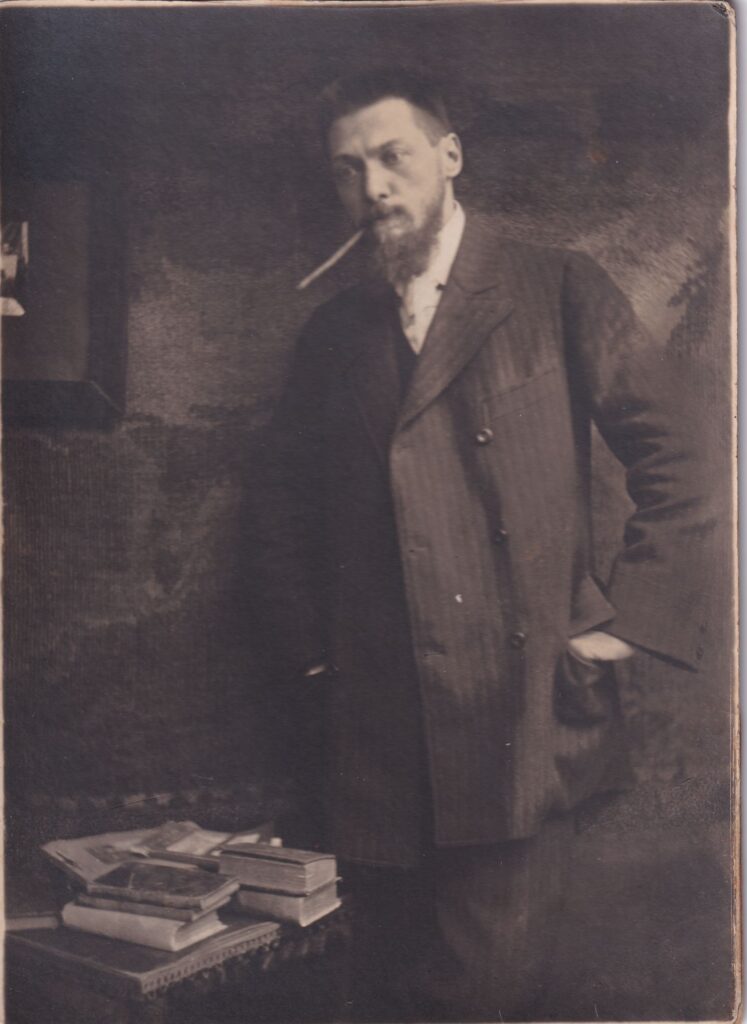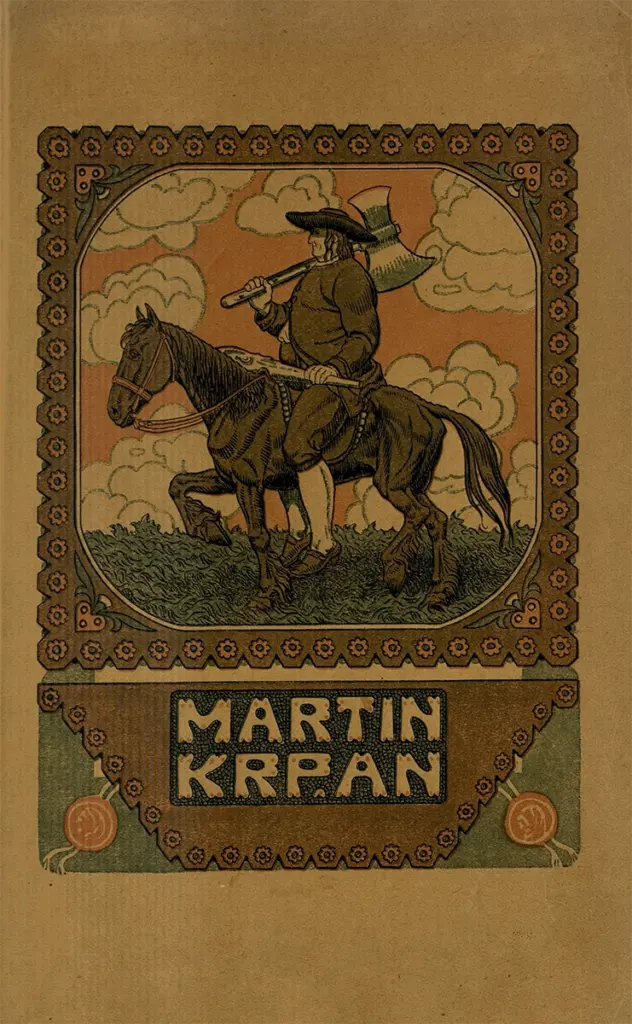The "indipendents"
????????
Svevo met and became friends with almost everyone at the editorial office of the “L’Indipendente” including Giulio Cesari, Cesare Rossi, Riccardo Zampieri, Alberto Boccardi and Silvio Benco. In 1883 almost all of them were involved in the accusations of “disturbance of public tranquility” which – on the one hand decimated the editorial team – but, on the other, saw new forces join the struggle. The literary models of these authors are those of the Risorgimento and rather old-fashioned, but the newspaper did publish Svevo’s Senilità di in installments.
Silvio Benco
The other “Irredentism”
In Trieste, Slovenian national consciousness and aspirations developed in a different direction but using similar tools.
Initially, the history of Slovenian nationalism in Trieste intersects with that of the Italian Risorgimento. 1848 saw the Slavjansko Drvsto (Slavic Association) set up its offices in the Tergesteo, home to several important commercial offices. It published the periodical “Slavjanski Rodoljub” (The Slovenian Patriot). In 1861, the year of the Unification of Italy, the first čitalnica (reading room) was founded, where the fortnightly “Edinost” could be read from the 1870s on.
Fran Levstik was the first director of the Trieste čitalnica, a writer and advocate of a free, united and autonomous Slovenia within the Hapsburg monarchy. In 1858 he published the story Martin Krpan in which a powerful smuggler of Epsom Salts, originally from the village of Vrh, defeats a ferocious Muslim giant who threatens Vienna and obtains a license to trade in it legally a reward from the Emperor.





